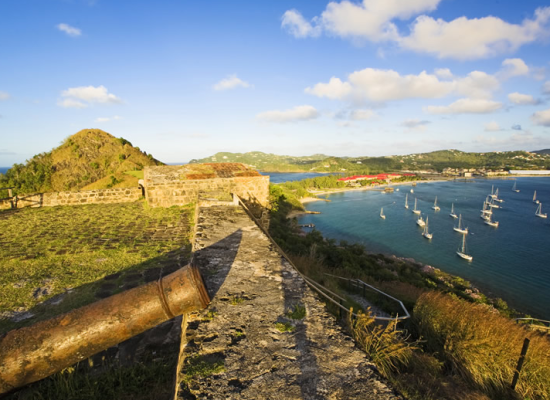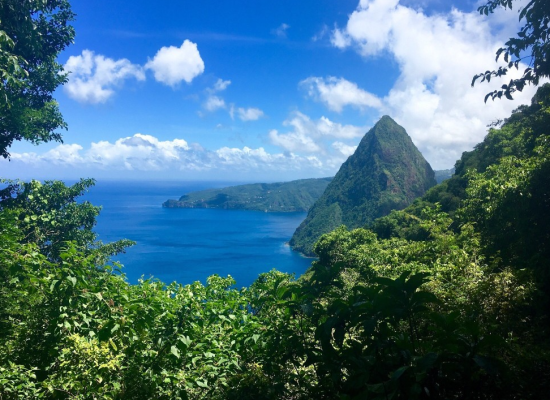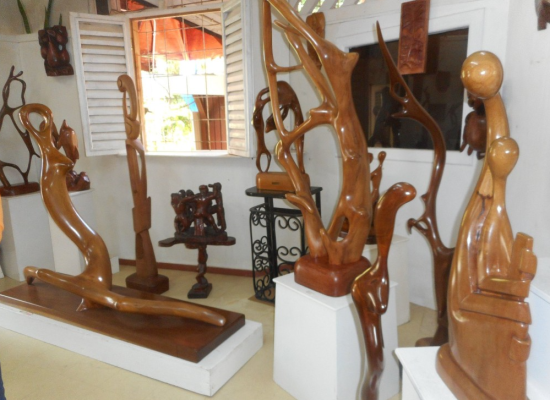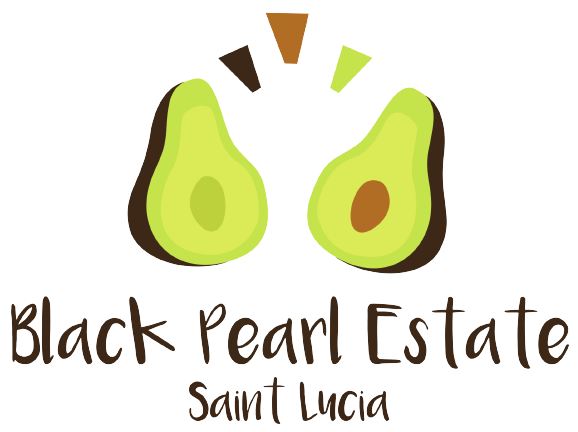Tour Guide
Get to Know Our Island of the Caribbean!
Below we share some good-to-know information on the island of St. Lucia that will help you jump into your vacation with a little more confidence!
Capital: Castries.
Driving: Foreign drivers need a national license or an international driving permit in order to obtain a requisite local driver’s license. In St. Lucia, driving on the left-side of the road.
Taxis: We help arrange taxi pick-up services for all our guests to and from the airport. Taxi rates between the airport and various places across the island are set by the government, and depending where you’re staying we’ll let you know how much your taxi ride will cost in advance – and this is the only rate you should be charged. For other taxi rides just getting around, rates can be pre-negotiated with the driver.
Economy: Though tourism has been growing rapidly, the principal business sectors remain those of agriculture (especially bananas and coconuts) and manufacturing, with over 40 relatively diversified enterprises.
Currency: The basic unit of currency is the Eastern Caribbean dollar (EC$). U.S. dollars are linked to the Eastern Caribbean dollar, with an equivalency of around EC$2.65 per US$1; this rarely fluctuates. All businesses—even roadside vendors—accept U.S. currency, as well as traveler’s checks in U.S. dollars. Credit cards are all widely accepted.
Electricity: The electric current is 220 volts AC, 50 Hz. The plugs are 3 prongs. We offer adapters at all of our villas in Marigot Bay. Virtually all other villas will also include adapters, but if you have many devices to plug in, you may wish to bring some of your own. Visitors may wish to bring their own voltage and plug adapters.
Phone calls: If you are using a local cell phone, you need not include the area code when making local calls (758). If you’re calling from your own, international cell phone, you need to include the country code and area code (1-758).
Emergencies: Throughout the country, the number to dial for all police, fire, and medical emergencies is 911.
Geography: The second largest of the former West Indies Associated States, the avocado-shaped St. Lucia lies between Martinique and St. Vincent in the Windward Islands chain of the eastern Caribbean. It sprawls over a total area of 616 square kilometers (238 square miles), covered with dense tropical flora, such as hibiscus, frangipani, orchids, jasmine, and poinciana.
Government: Constitutional monarchy and member of the Commonwealth. Executive power is vested in the British monarch, who is represented by a governor-general. Parliament consists of the 17 elected members of the House of Assembly and the 11 appointed members of the Senate.
History: For over 164 years since 1660, the island exchanged hands 14 times between the French and British. Although the island gained control of its own government on 22 February 1979, its official head of state still remains on the British throne, represented by a governor-general who appoints the 11 members of St. Lucia’s senate. The House of Assembly is elected by popular vote. St. Lucia has given birth to two Nobel Laureates: Sir W. Arthur Lewis won the Nobel Prize in Economics in 1979 and the poet Derek Walcott won the 1992 Nobel Prize in Literature.
Official Languages: English; a French patois is also widely spoken.
Passport/Visa Requirements: Visitors must carry valid passports. Visas are not required where the visitor is a citizen of the USA or certain Commonwealth countries, or where there is agreement for exemption between the home country and St. Lucia.
Population: 182,273 (2013 census).
Religion: About 80% of St. Lucians are Roman Catholic. Other denominations include Anglican, Methodist, Baptist, Seventh Day Adventists, Church of the Nazarene, Christian Science, and the Salvation Army.
Taxes: Hotels and restaurants charge a 10 percent government tax, as well as a 10 percent service charge, both of which are sometimes included in the quoted price. There is no longer an airport departure tax.
Time: Eastern Caribbean Time Zone UTC-04:00
Tipping: Tips of 10 to 15 percent are customary. If a service charge is added to the bill, any further tipping is discretionary. Ten percent is acceptable for taxi drivers and approximately EC$2–3 or US$1 for each piece of luggage a porter or bellhop carries.
Weather: St. Lucia’s climate is hot and tropical, with an average annual temperature of 26° C (79° F) and mild trade winds for a good portion of the year. The average annual rainfall is 152 centimeters (60 inches).
History and Culture History
As early as 200 AD, the island was first inhabited by the Arawak Indians. Later, it was taken over by the ‘Caribs’ who were often regarded as aggressive and possibly even cannibals although there is little evidence to support that claim). They named the island Iouanalao, meaning “island of the iguanas”.
In the early 15th century, Christopher Columbus reported seeing St. Lucia, but didn’t make landfall.
Saint Lucia history pirates next inhabitant of the island were pirates and their infamous leader, Francois Le Clerc. He was known for his wooden leg and also went by the nickname of Jambe de Bois (meaning wooden leg in French). In fact, Marigot Bay has been known to be a getaway hideout for escaping pirates, who would sail into the bay and hide their ship behind the palm-studded sand spit of the bay. Once dropping their sails, the ship would become virtually inconspicuous.
In the 1600’s the Dutch arrived and built a base at Vieux Fort (south part of the island).
From this point up to the early 1800’s, there was an ensuing process of colonization attempts, battles, skirmishes, and retreats of the French, English and the local natives over the island. In fact, it’s said the island changed hands between the English and French 14 times before finally being ceded to Britain in 1814.

Part of that history also includes revolts and revolutions by the slaves which were brought to the island over that course of time. There are numerous battlefields between the slaves and English/French dotted around the island, and also old hideouts the slaves would take refuge in (such as in caves in the Pitons Mountains).
In 1834, slavery was abolished by the English.
Although the island gained control of its own government on 22 February 1979, its official head of state still remains the British throne, represented by a governor general who appoints the 11 members of St. Lucia’s senate. The House of Assembly is elected by popular vote. St. Lucia has given birth to two Nobel Laureates: Sir W. Arthur Lewis won the Nobel Prize in Economics in 1979 and the poet Derek Walcott won the 1992 Nobel Prize in Literature.
Culture

St Lucia carnivalThe culture in St. Lucia is unique and interesting. There are minor influences from the original native populations, but the bulk of influence comes from Africa and India, from where slaves were brought over. Over time, this has been mixed with the French and English rule of the islands to create a culture of its own.
Although English is an official language, the local language is ‘Patois’; a heavily French-influenced creole dialect. Many of the area and place names on the island are French. (Ex: Anse Cochon, where ‘Anse’ means bay and ‘Cochon’ means pig).
Likewise, the cuisine, like most Caribbean islands as well – is a mix of African, Indian, and perhaps English. Their foods feature a lot of spices, like curries, and local ingredients, like plantains, breadfruit, beans, rice, squash, pumpkin, etc.
Religion on the island is predominantly (80%) Catholic, although it’s considered to be a very religiously tolerant country.
It is illegal to wear camouflage clothing on the island of St. Lucia.

Pigeon Island National Park
Pigeon Island is one of the Caribbean’s most historic landmarks and certainly one of the most beautiful spots in St. Lucia. Forested cape with 18th-century Fort Rodney, the military remains & Martinique views from Signal Hill.

Pitons
A spectacular landmark of St. Lucia visible for miles, Petit Piton and Gros Piton are twin volcanic spires majestically soaring out of the sea with waves crashing around their bases.

Eudovic’s Art Studio
See work by the island’s first wood sculptor.
